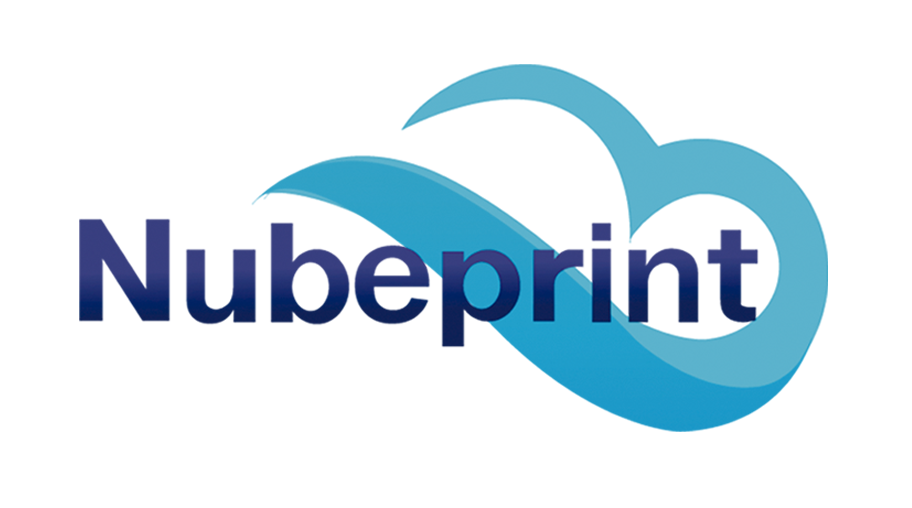Now you can access the new Nubeprint training pills and take your experience to the next level.
Do you want to master the Nubeprint management system like an expert? Now it’s easier than ever. We have designed a series of interactive mini-courses that will allow you to get to know in depth the functionalities of our platform while you solve your day-to-day doubts.
What are these training pills like?
– Quick and practical: You only need 10-15 minutes to complete each course.
– Interactive: They include a final test for you to validate your knowledge and ensure learning.
– Designed for you: We’ve created specific content to help you get the most out of every feature of the Nubeprint dashboard.
Available topics
Choose from a wide variety of courses, with new options being added all the time. Here’s a sneak preview:
– Shipping Forecast App
– Grouped Shipments
– Panel Customisation
– Nubeprint Virtual Level Sensor (VLS)
– Meter Management
Each training pill includes a clear description, precise content and a final test – everything you need to become an advanced user!
How to get started?
1. Check the available pills by clicking here: https://nubeprint.odoo.com/es_ES/slides/all
2. Select the courses you are most interested in.
3. Request access to your Nubeprint sales representative. You will receive an invitation to start shortly.
Improve your experience, one course at a time
Take the courses at your own pace and raise your educational rank. With each completed pill, you will not only gain knowledge, but also more efficiency and confidence to manage the panel. In addition, you will save time avoiding doubts and getting the most out of the tools we offer.
Don’t wait any longer! From Nubeprint we invite you to explore this new way of learning, which is quick, easy and will bring you immediate benefits.
Your training, our priority.
Source: Nubeprint
